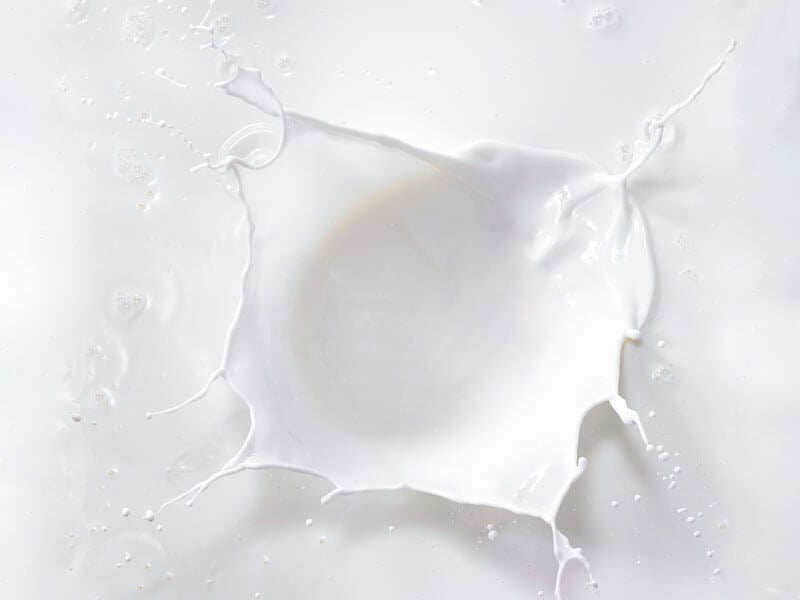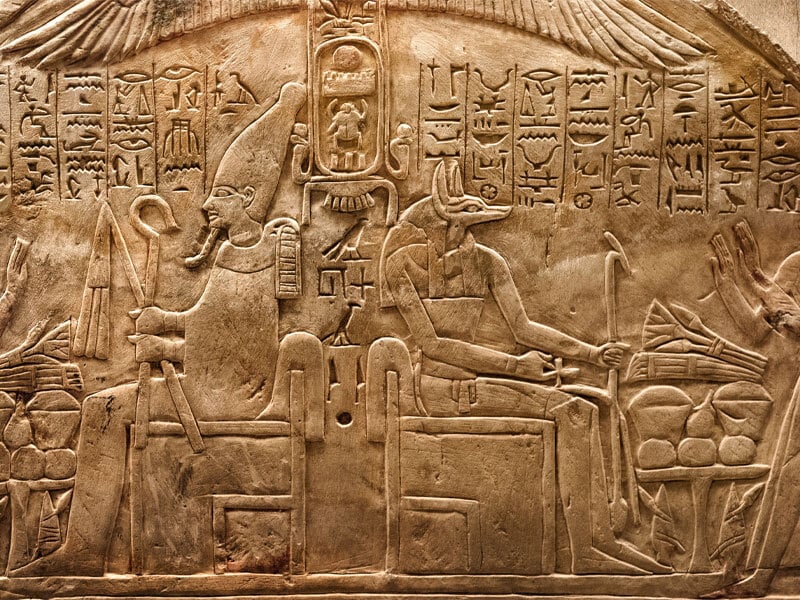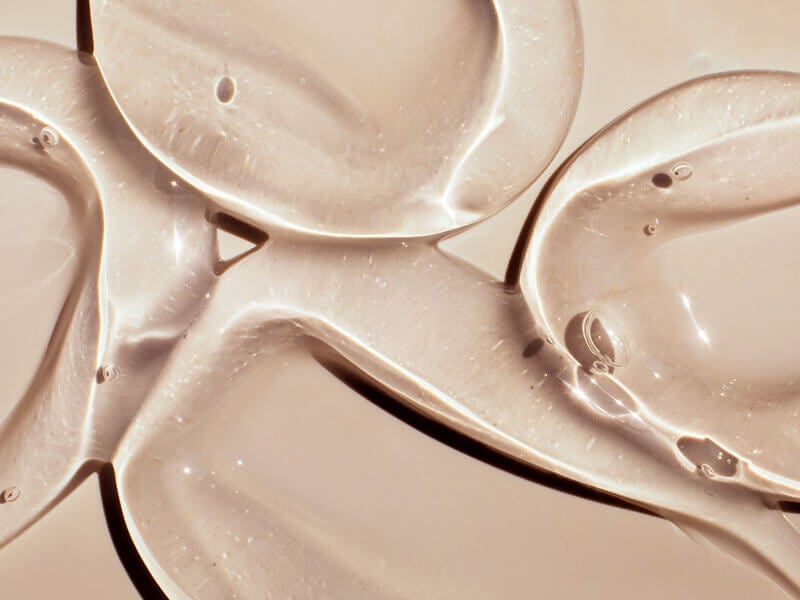In the realm of fragrances, certain descriptors stir curiosity and evoke rich, sensory experiences. Terms like "creamy," "milky," and "lactonic" frequently arise in discussions, each carrying unique connotations and sensory impacts. Meanwhile, "butyric," although less commonly referenced, plays a significant role in crafting complex aromas. This exploration aims to demystify these terms, providing a clearer understanding of their implications in perfumery.
Creamy Fragrances: A Sensory Delight
The adjective "creamy" in fragrance parlance often alludes to a rich, enveloping sensation that is both smooth and luxuriously textured. This characteristic is commonly derived from notes such as vanilla, sandalwood, coconut, or lush florals like jasmine and honeysuckle, which naturally possess sweet, nectar-like qualities. For instance, Tahitian Vanilla is renowned for its creamy profile, enriched with complex layers of raisin, musk, cherry, and subtle hints of lactones and anisic aldehydes.
Often, the incorporation of tropical florals and coconut or coconut milk can replicate the sensation of a creamy sunscreen, evoking a sense of sun-drenched, exotic locales. Perfumes like Datura Noir by Serge Lutens exemplify this creamy essence, blending exotic florals with soothing, creamy base notes. Additional fragrances in this category include Champaca Absolute by Tom Ford, which offers a unique take on creamy floralcy and indulgence.
Almond Notes and Their Creamy Facets
Almond in perfumery, especially when treated in a gourmand style with heliotropin, veers away from the sharpness of bitter almonds to a more delicate, creamy facet. This can be experienced in fragrances like Almond by Caswell-Massey or African Queen by Jousset, which envelop the wearer in a soft, almost tangible cloud of scent. The creamy, soft spectrum is also embraced by Parfums de Marly's Pegasus, which layers silky almonds with rich vanilla and lavender, creating a comforting yet penetrating and enveloping aroma.
Modern Molecules: Methyl Laitone
Innovations in synthetic chemistry have introduced molecules like Methyl Laitone, developed by Givaudan. This compound is known for its milky, coconut-like fragrance with a hint of coumarin, adding a contemporary creamy note to both perfumes and soap formulations. Its versatility shows the dynamic nature of modern perfumery, where synthetic molecules can create or enhance specific sensory experiences.
Distinguishing Creamy from Milky
While "creamy" and "milky" are sometimes used interchangeably, they can denote subtly different characteristics in the context of perfumes. Creamy fragrances typically suggest a richer, fuller aroma, often associated with a sense of warmth and indulgence. On the other hand, milky fragrances tend to be lighter, evoking the freshness and purity of milk itself, often used in softer, subtler fragrance compositions. An example of this can be seen in Petal Jus by Binaurale, which uses the milky sweetness of condensed milk to add a comforting, familiar note to vinyl, nectarine, and peony theme.
The Role of Butyric Notes
Butyric acid and its derivatives, such as ethyl 2 methyl butyrate, contribute uniquely sharp, sometimes off-putting scents that are reminiscent of parmesan cheese or even less pleasant odors like vomit. However, in the artful hands of a perfumer, these notes can be skillfully integrated to add depth and complexity to a fragrance, sometimes imparting a surprising fruity quality.
Lactonic Notes: Specialized Chemistry in Perfumery
Lactonic compounds are particularly fascinating due to their origins in the chemistry of lactones—cyclic esters that combine an alcohol group with a carboxylic acid. These compounds are crucial in creating fragrances that have a distinct, often milky or creamy, profile but with a twist that can lean towards a fruity or floral direction.
The Impact of Sandalwood
Sandalwood, especially from the Mysore region of India, is often associated with milky, creamy scents. Fragrances focusing on sandalwood, like Santal Umeshu by Scents of Wood, offer a dry, subtle spicy take on the milky woody scent, contrasting with the more opulent, creamy profile of a perfume like Santal Du Pacifique by Perris Monte Carlo or Naked Dancy by Oddity, which combines the woodiness of sandalwood with the lushness of powdery notes to create a deeply sensual and rich aroma.
In conclusion, the terms creamy, milky, lactonic, and butyric serve as key descriptors in the intricate language of perfumery. Each brings a different aspect to a fragrance, from the indulgent richness of creamy scents to the subtle, delicate freshness of milky notes, and from the complex chemistry of lactonic fragrances to the challenging yet intriguing butyric smells. Understanding these terms not only enriches one’s appreciation of perfumes but also highlights the creativity and precision involved in fragrance creation.





